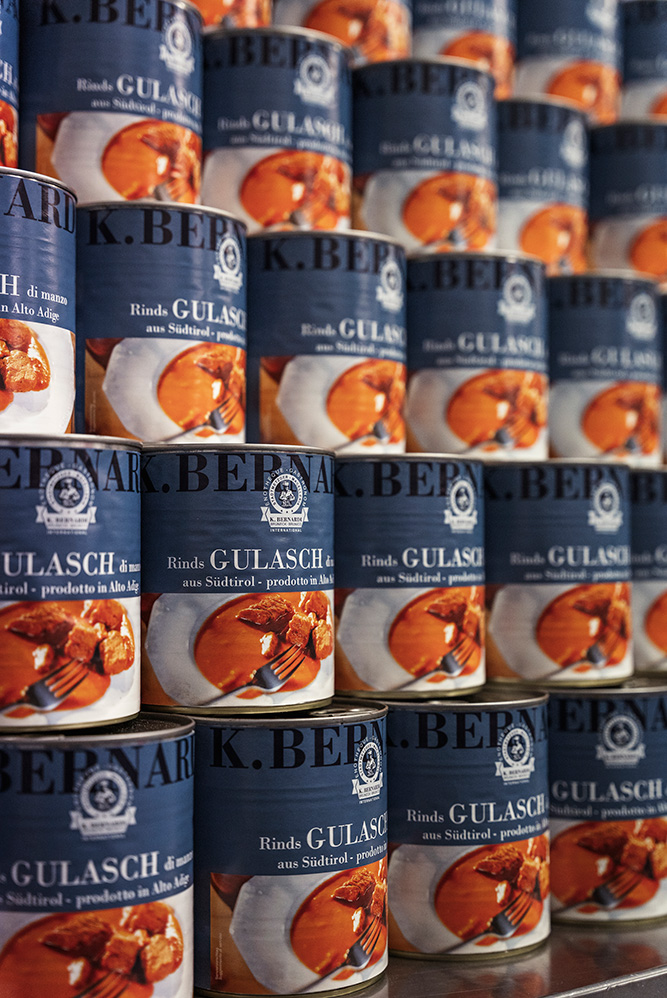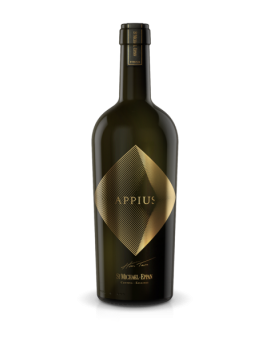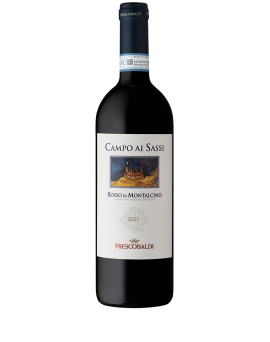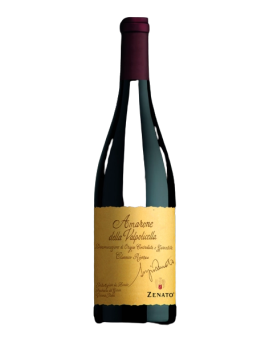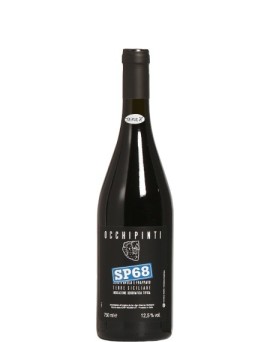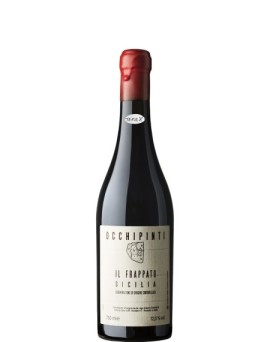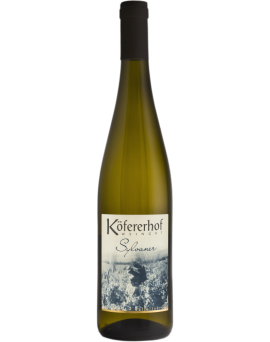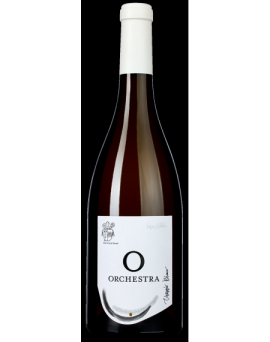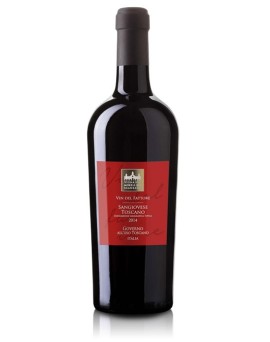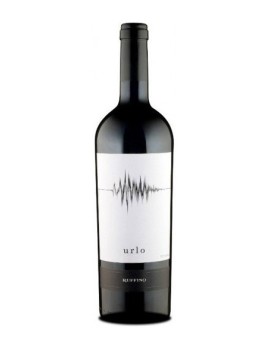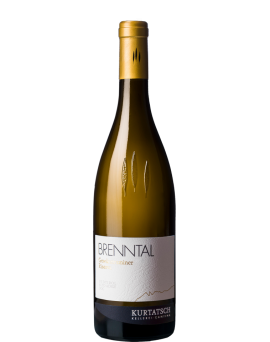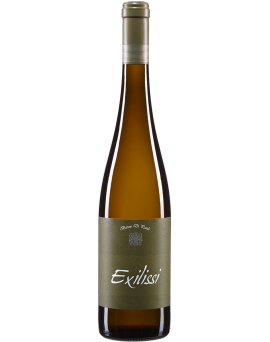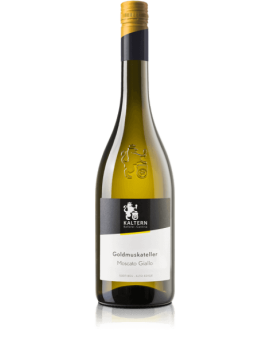Südtiroler Weiß DOC Appius...
<br />Appius 2017<br /><br />Through an extreme pre-selection of the grapes, combined with a careful maturation in the cellar and a successful assemblage, it was possible to achieve a true sensory<br />symphony despite the climatically adverse conditions of the 2017 vintage. The contribution of each individual grape variety does not emerge separately, but forms a powerful<br />symbiosis.<br /><br />Eye: brilliant colour with yellowish, slightly olive reflections.<br />Nose: Intense and complex bouquet of yellow flowers (broom and lime), mainly white flowers (hawthorn and orange blossom) and citrus notes of mandarin and grapefruit.<br />Rarely white currant and gooseberry.<br />Taste: Fine, elegant, almost velvety on the palate, carried by a crisp acidity and a mineral and spicy structure. Long lasting with a beautiful play of acidity.<br />Varietal description: chardonnay 54%, pinot grigio 24%, sauvignon blanc 12% and pinot blanc 10%.<br />Growing region: Site: selected vineyards in Eppan<br />Exposure: south-east / south-west<br />Soils: Calcareous gravel or moraine debris soils<br />Method of cultivation: Guyot<br />Age of vines: 25 to 35 years<br />Harvest: middle of September<br />Vinification: Fermentation, malolactic fermentation (except Sauvignon) and ageing in barriques. Assemblage after just under a year and further ageing on the fine lees for<br />three years in steel tanks.<br />Yield: 35 hl/ha<br /><br />Alcohol content: 14<br />Residual sugar: 2,4 gr/l<br />Acidity: 5,30 gr/l<br /><br />Ageing/potential: 10 years and more ...<br />Recommended consumption: Perfect companion to strong fish dishes, also fried. Excellent with our traditional 'Wienerschnitzel' or in combination with mushroom and<br />truffle specialities as well as wild fowl.<br />Excellent with creamy cheeses with rind or with mature cheeses.<br />
Price
€289.20

